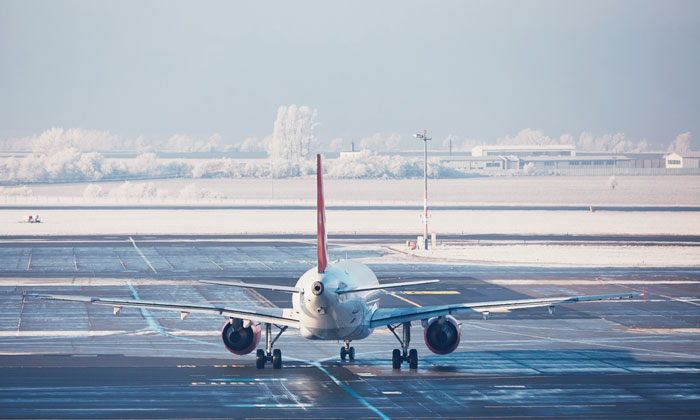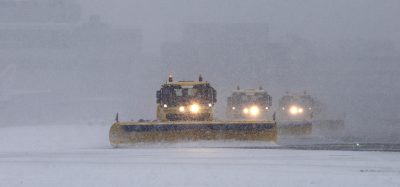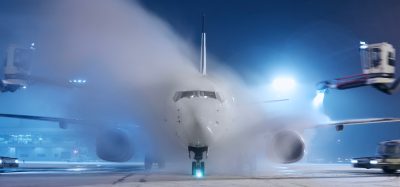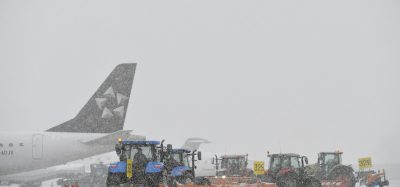FAA bring in new airport runway requirements for winter safety
- Like
- Digg
- Del
- Tumblr
- VKontakte
- Buffer
- Love This
- Odnoklassniki
- Meneame
- Blogger
- Amazon
- Yahoo Mail
- Gmail
- AOL
- Newsvine
- HackerNews
- Evernote
- MySpace
- Mail.ru
- Viadeo
- Line
- Comments
- Yummly
- SMS
- Viber
- Telegram
- Subscribe
- Skype
- Facebook Messenger
- Kakao
- LiveJournal
- Yammer
- Edgar
- Fintel
- Mix
- Instapaper
- Copy Link
Posted: 3 November 2016 | International Airport Review | No comments yet
Airports across the US and Michigan will henceforth have to adhere to new requirements on reporting runway conditions this winter…


Airports across the United States and Michigan will henceforth have to adhere to new requirements on reporting runway conditions this winter.
The FAA. the US national authority with powers to regulate all aspects of civil aviation, is now requiring additional observations of a runway’s state particularly in relation to wetness, snow cover and amount of ice coverage.
Joe Medici, Deputy Airport Director of Operations and Maintenance at Flint’s Bishop International Airport issued a statement in reaction to the changes.
“The change to how runway conditions are reported will not have any obvious impacts to the flying public other than improving the safety of aircraft operations at all airports.”
The essential aim of the additional requirements is to provide pilots and airlines with a clearer picture of winter runway conditions.
The previous methodology, as documented by officials at Bishop International Airport reported the previous runway condition using only one device, the Bowmonk Airfield Friction Meter.
The Bowmonk Airfield Friction Meter was positioned on the dashboard of a vehicle which was then driven on the runway, and brought up to a speed of around 20 mph. The brakes were then applied with rigour so that the wheels would lock up and then the Airfield Friction Meter would document the amount of skidding of the vehicle.
The new method allows for a human observation of types of precipitation on the runway and the impacts on runway safety.
The additional information describing the runway condition will be used in conjunction with the braking friction to come up with a value between zero and six. A value of zero denotes the worst runway conditions, while a value of six signifies a dry runway.
It is though the new measure will allow for a more accurate prediction for when a flight might be delayed or cancelled, enabling passenger and airport alike to plan ahead.
Mr. Medici suggests that airports have been reporting field conditions to their users for a long time but a new report procedure will ensure information provided to flight crews is consistent and removes the possibility for human error in reporting what is observed on a runway surface.

















